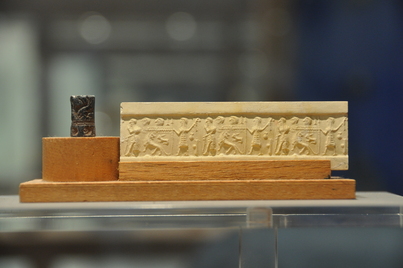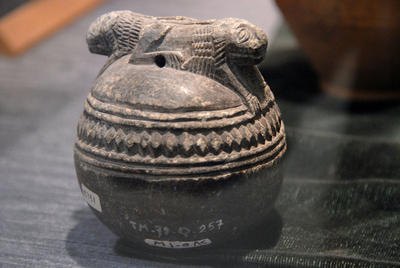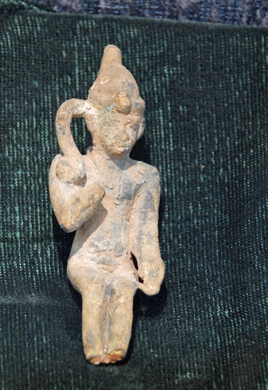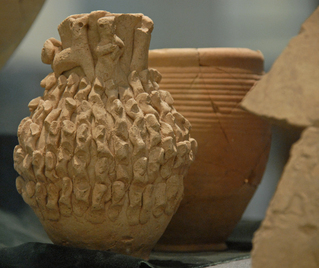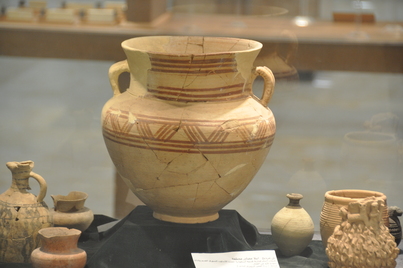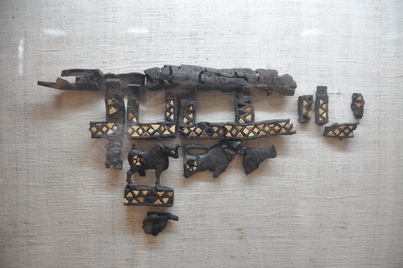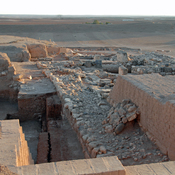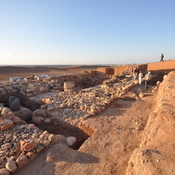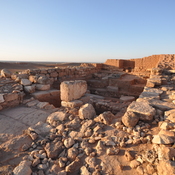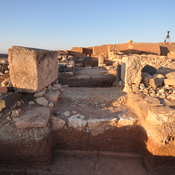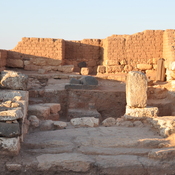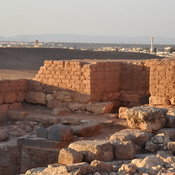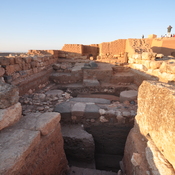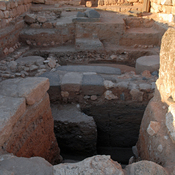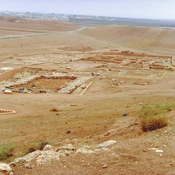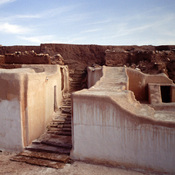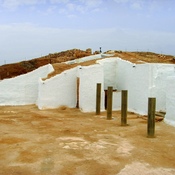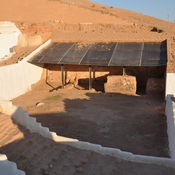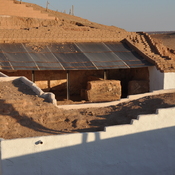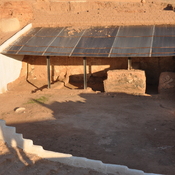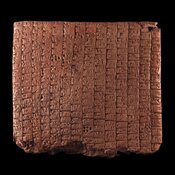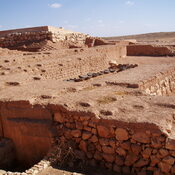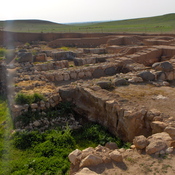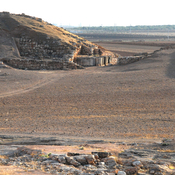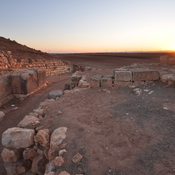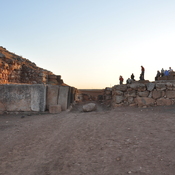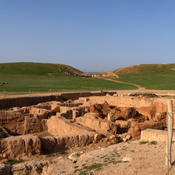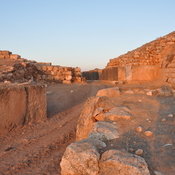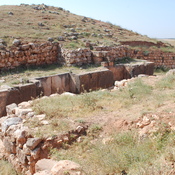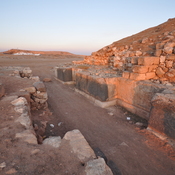Ancient Ebla is located to the south of the Village of. Mardikh.The discovering in 1968, of Ibbit-Lim’s torso, allowed for the first time the identification of Tell Mardikh with ancient Ebla. 1.
The site of the limestone outcrop was first settled in the mid fourth-millenium. Ebla flourished, between 2400 and 2300 BC as a prosperous trade and political centre. This period called Early Syrian period -Archive period. has ended around 2300 BC with destruction by Akkadian army under the command of Sargon the first ruler of the Akkadian Empire. It was a few years after the campaign against Mari Kingdom, probably following Isar-Damu's death. Ebla recovered , and the second kingdom lasted until Ebla's second destruction, which occured around 2000 BC (a mere formal date). Twice rebuilt Ebla never recovered from its third destruction and became a rural settlement. In the Late Roman and Byzantine periods the site, was the seat of a small monastic settlement, During the seventh century AD the site of ancient Ebla was deserted.
See:
- Paolo Matthiae, Ebla and the early urbanization of Syria in: Joan Aruz, Ronald Wallenfels eds., Art of the First Cities: The Third Millennium B.C. from the Mediterranean to the Indus, New Metropolitan Museum of Art, 2003, p. 165 - 178.
- idem: Ebla: An Empire Rediscovered, 1977
- http://www.ebla.it/eindex.html
- Paolo Matthiae, Nicoló Marchetti eds., Ebla and Its Landscape: Early State Formation in the Ancient Near East, London New York, Routledge 2016
- Paolo Matthie, "The Royal Palace. Functions of the Quarters and the Government of the Chora". In Matthiae, Paolo; Marchetti, Nicolò. Ebla and its Landscape: Early State Formation in the Ancient Near East. Left Coast Press 2013
- https://en.wikipedia.org/wiki/Ebla
- http://www.asor-syrianheritage.org/wp-content/uploads/2014/10/Ebla-Bibliography.pdf
References
- ↑Ibbit-Lim reign around 1950 BC.










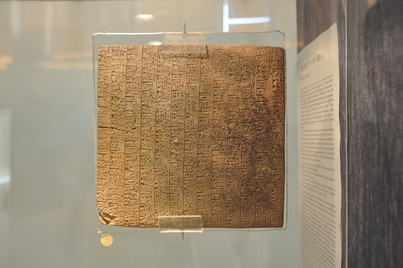
.jpg)












.jpg)
